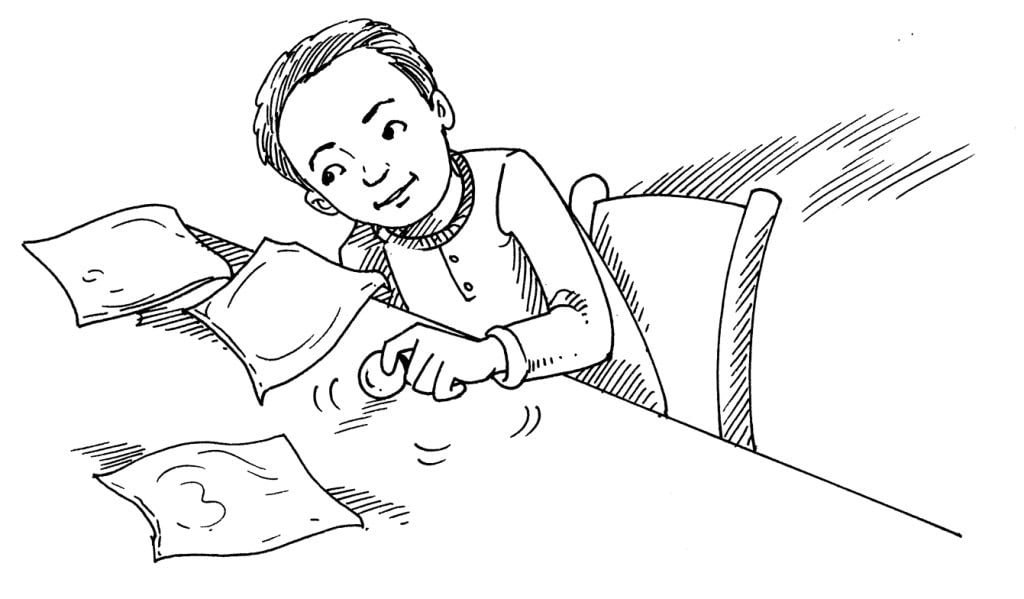
In order to produce sound, you need something to vibrate. Matter is that something. It’s the “stuff’ that the universe is made of. But will all matter transmit sound? Are there only certain particles that can pass these sound waves along? Let’s find out.
Things Required:
Three plastic sealable bags
Sand (sugar or flour can be substituted) water
Coin
Directions:
Fill the first bag halfway with sand. Push out the extra air and seal the bag shut. Fill a second bag halfway with water. Again, push out the extra air and seal the bag shut. Make sure it doesn’t leak. Fill the third bag halfway with air. Seal it and place all the three bags on a table top.
Place your ear on the bag of sand. Gently tap a coin on the tabletop. What do you hear? Repeat the coin taping while listening through the bag of water. Does it sound the same? How has the taping sound changed? Repeat the tapping one more time while listening through the bag filled with air. Compare the three sounds.
This Is What Happens:
Sounds are transferred by particles that slam into neighbouring particles. Solids contain particles with the closest neighbours. Next come liquids. Gases have the most spread-out particles.
The closer the particles are to one another, the better the sound transmission. That’s why the sound that passed through solid and liquid may have seemed much louder than the sound that passed through the air-filled bag.

